The all-new, all-electric Volvo XC40 Recharge P8 AWD heralds the arrival of the electrified-only Recharge car-line.
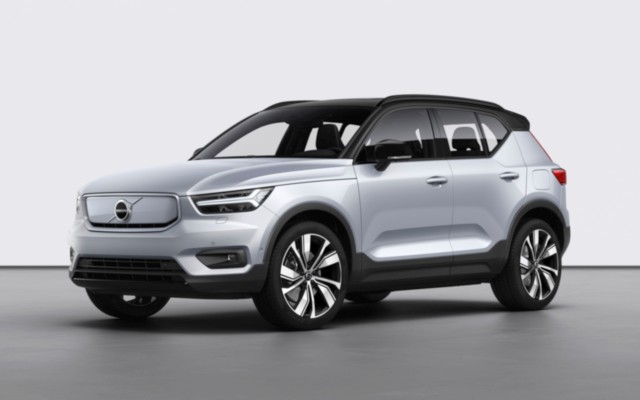
Volvo XC40 Recharge P8 AWD in Glacier Silver
Volvo have introduced their first-ever – non-Polestar – all-electric car in the form of the XC40 Recharge P8 AWD. The car is built on the Compact Modular Architecture (CMA) that was created with electrification in mind from the outset. The battery pack modules – a total of 78 kWh energy storage – are mounted low in the floor on either side, below the seats. The 400-volt system will enable no-compromise electric mobility with a host of modern connectivity solutions.
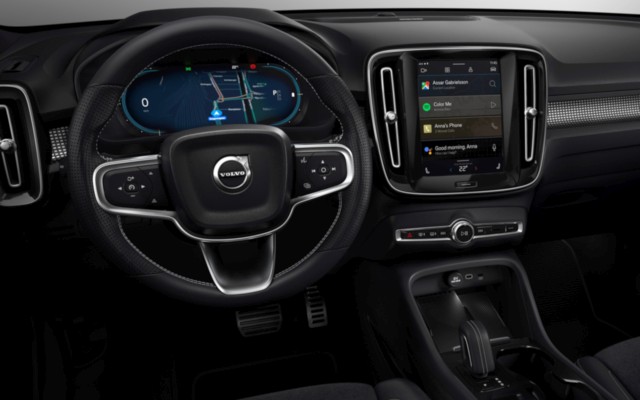
For starters, the XC40 Recharge P8’s infotainment runs entirely on Google’s Android operating system. Think of it as a larger version of your phone but with space and the ability to move and take you with it. It will fully support Google Assistant, Google Play and Google Maps. It also means over-the-air updates and a fresh car as an when any changes are brought in. Users have the choice of privacy and data protection of course. The interface can be customized endlessly as well, with voice-control also an integral part of the experience.
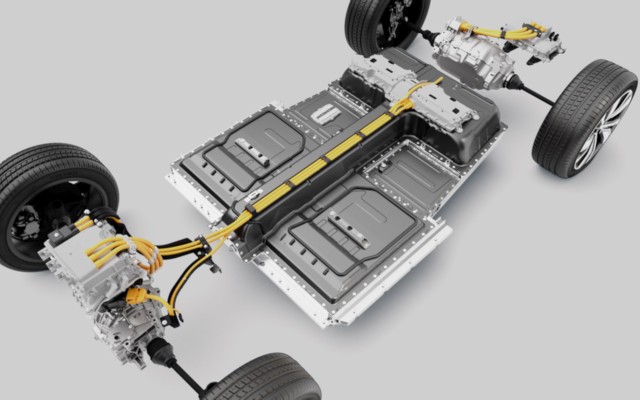
Battery pack is 78 kWh; the Volvo XC40 Recharge will do over 400 km on one charge
On to the hardware that make it go. Powering the XC40 Recharge P8 AWD are a pair of 150-kW electric motors, one each in the front and the rear. The peak output of each motor is 204 hp and 330 Nm, and the combined peak output is a wholesome 408 hp and 660 Nm. That enables a 0-100 km/h sprint time of 4.9 seconds and, together with the 78-kWh battery pack, a range of more than 400 km on one charge. Using fast-charging, the car be recharged to 80 per cent in 40 minutes.
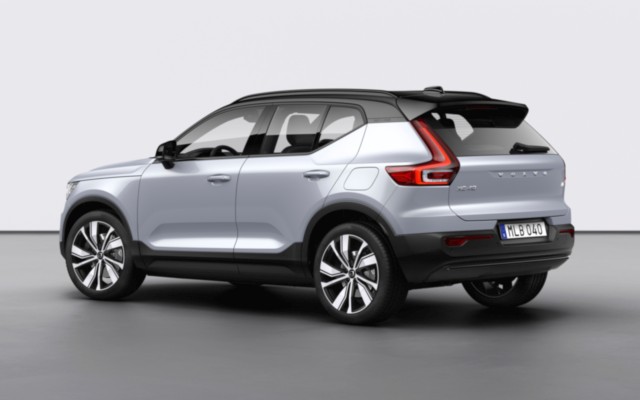
To further the adoption of electric vehicles, Volvo will first ask each potential buyer if they want a cord or not. As a bonus, they are digging into their pockets to provide free electricity for a year to all new Recharge car buyers in the form of cashback or “Sustainability Bonus” for the average electricity cost needed to cover the distance in that period.
Sustainability has been the keyword for a while. Volvo believe that the process of making the car and using the car are both equally important. In fact, even battery suppliers were urged to be as thoughtful as possible. One supplier has even begun using recycled cobalt in the battery making process. Volvo accept that only full EVs will positively affect the climate and even plug-in hybrids will eventually have to go. We also believe that , they make the perfect means of transition to enable infrastructure for those plugging in to be set-up in a better, more sustainable manner.
Over the next five years, Volvo will launch one fully electric car every year. The Recharge line will include all plug-in models, including the Twin Engine models, and there will be at least two such plug-in variants of each model in the line-up, at different price-points for maximum accessibility. The target is to have all-electric cars make up half of their global sales by 2025, with the rest being hybrids.
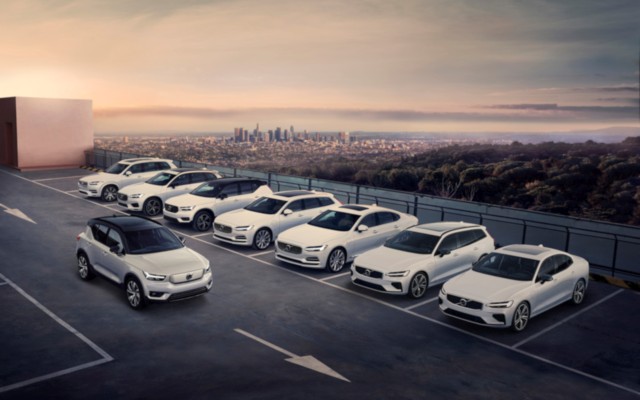
Carbon Neutral
Volvo Cars aim to become a climate neutral company by 2040. To realize their target of a 40 per cent reduction in the CO2 footprint of each car by 2025, Volvo have devised a number of ambitions for different operations. The goal of generating 50 per cent of global sales from full-electric cars by 2025 would result in a 50 per cent reduction in tailpipe carbon emissions per car between 2018 and 2025. Other short-term ambitions include a 25 per cent reduction of CO2 emissions in their global supply chain by 2025, a 25 per cent share of recycled plastics in new Volvo cars by 2025 and a 25 per cent reduction of carbon emissions generated by the company’s overall operations, including manufacturing and logistics.
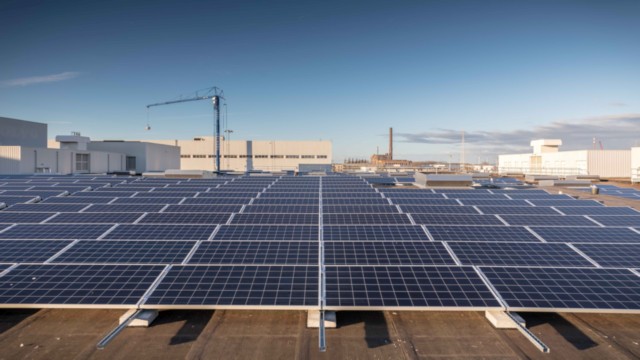
Also read: Volvo XC90 T8 Twin Engine Plug-in Hybrid First Drive Review




















Leave a Reply